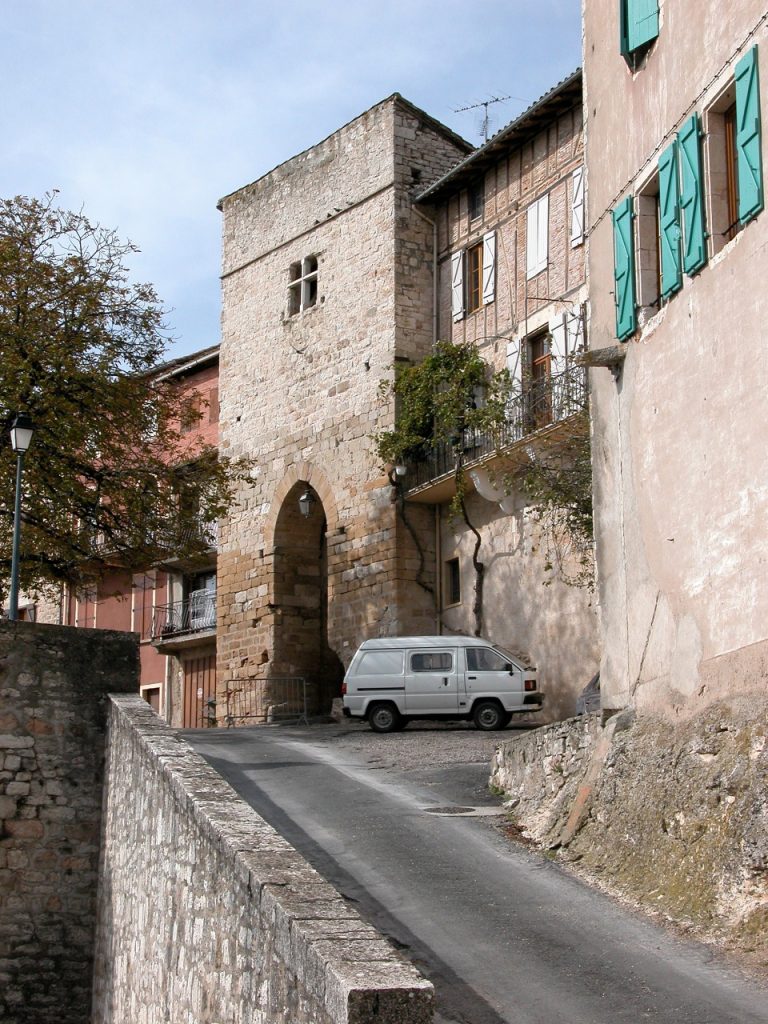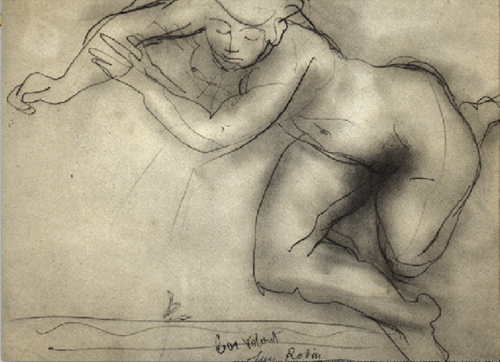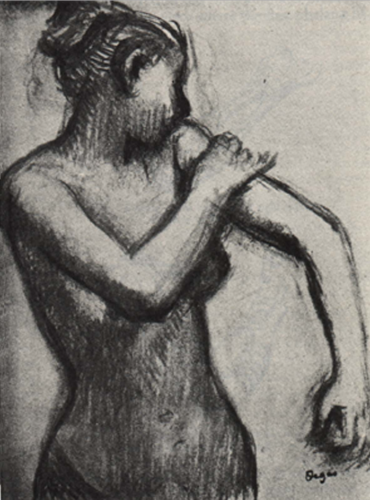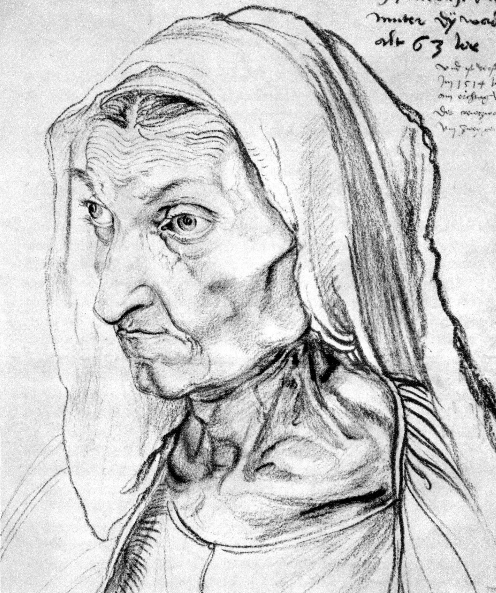WHY THE NEED FOR A FORTIFIED TOWN IN THE NORTHERN ALBIGEOIS IN THE YEAR 1222?
What I have written below is the result of my efforts to sort out contradictions in the stories concerning the origins of Castelnau de Montmiral that were going the rounds when I first arrived in the town and started teaching at the Painting School of Montmiral in 1988. I cannot claim it to be a definitive history but it represents the best story I have been able cobble together on the basis of the “facts” that I was able unearth. A condensed version appears in the main website on the history page of the main website.

.
Preamble
It took the inhabitants of Castelnau de Montmiral more than 20 years to complete the now tree-lined esplanade that today runs along its north-east facing side. It was ready in 1622, just in time to impress King Louis XIII who stayed there and, amongst other things, is said to have eaten plums in the street, now known as ‘rue Gambetta’. He was on his way to deal with a Protestant uprising that had occurred further South caused by the failure of the local Catholics to keep faith with the Edict of Nantes, which had legally guaranteed freedom of worship for the Protestants.
A main reason why the new esplanade took so long to put in place was that previously there had been a steep escarpment, sloping precipitously down from the still massive ramparts that encircled the town. It is difficult to imagine the quantity of earth and rocks that must have been moved to raise the ground level to its present height, the original rampart walls are seldom visible, as they are now largely obscured by houses that have been built in front of long stretches of where they were located. Likewise the formidable slopes are hidden by the raised and levelled surfaces that were created when constructing the esplanade and the various roads below. All these necessitated great works made possible by men using buckets, wheelbarrows and oxen-drawn carts to move what must have seemed to them to be mountains of stone and earth.


